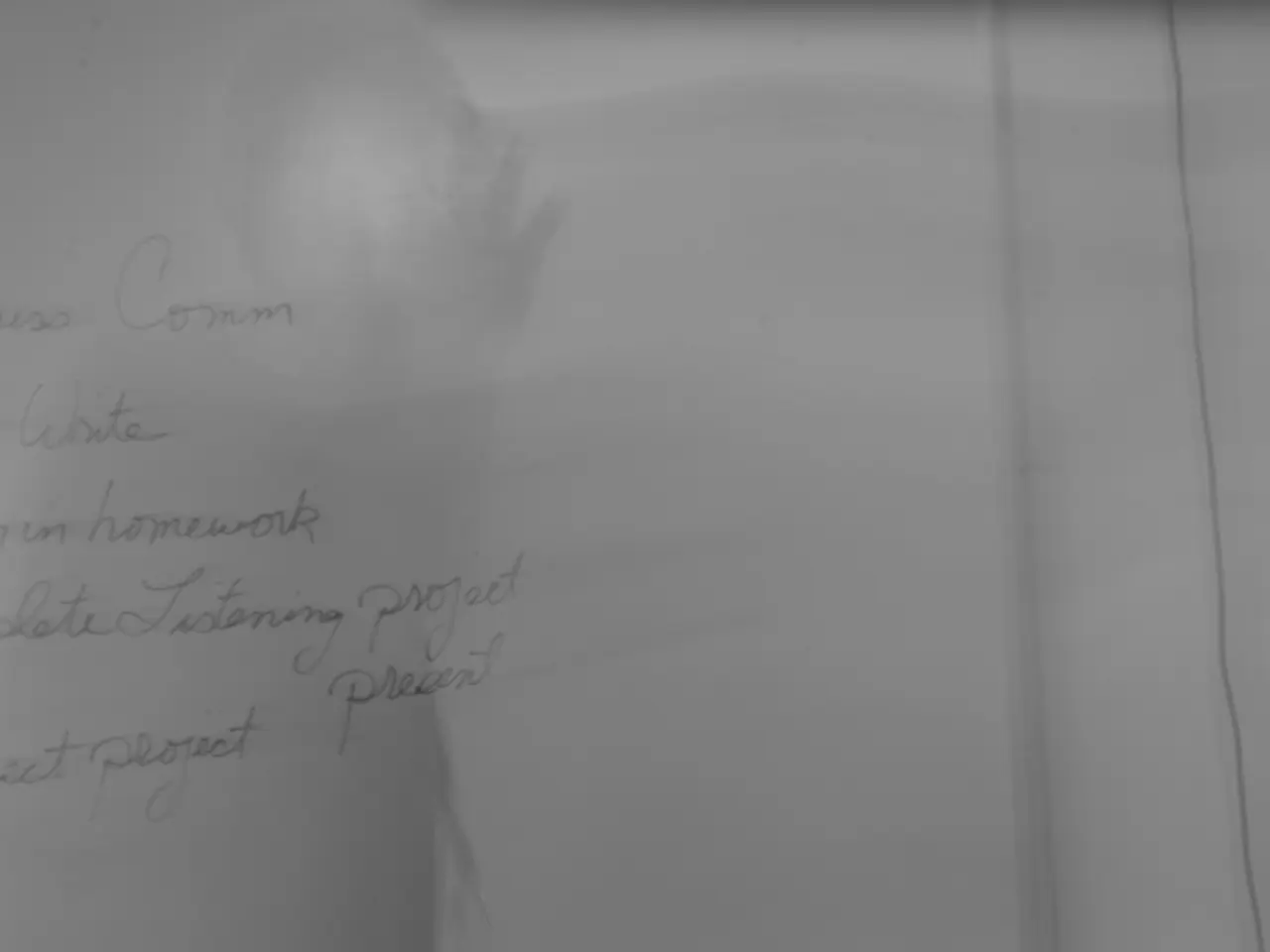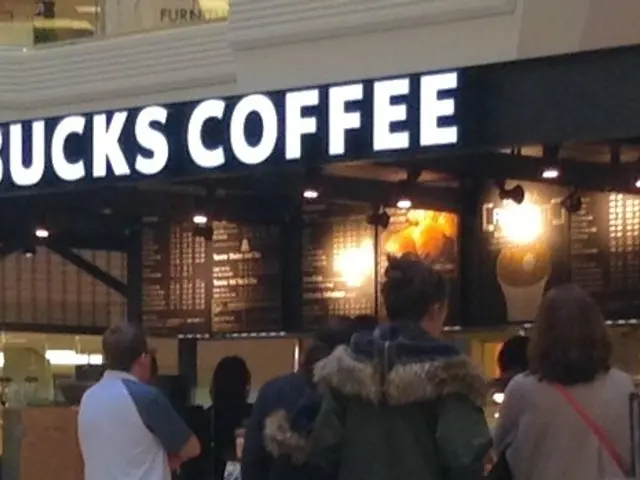Anticipation of Rising Inflation amid Discussions on Tariffs
In recent times, a series of e-commerce trends have emerged, significantly influencing the retail sector. These trends are a response to various factors that have been shaping the retail landscape.
A notable development is the pause in tariffs for 30 days between the U.S. and both Canada and Mexico. This tariff pause could potentially change the circumstances in the coming month.
One of the key factors driving inflation expectations is the rise in food prices. For instance, food-at-home prices grew by approximately 3.0% year-over-year around mid-2025, with specific categories like beef and veal experiencing double-digit inflation rates.
Tariffs and import costs have also played a significant role, with consumers associating them with increased retail prices, particularly for household furnishings and recreational goods.
Core inflation pressures, excluding food and energy, have shown a rising trend, with a monthly increase of about 0.3% as of mid-2025, the sharpest in six months. This reflects broad-based price pressures.
The tight labor market and overall economic conditions have further intensified inflation pressures, alongside interest rate expectations and other macroeconomic factors. These factors have collectively tempered consumer confidence and informed inflation expectations.
The result of these inflation expectations is a shift in consumer shopping habits. Consumers tend to adjust their spending behavior by either delaying non-essential purchases or seeking bargains and discounts to offset expected price increases.
Increased inflation expectations may also stimulate stocking up on goods before prices rise further, particularly for essentials like food. Shifts in consumer confidence and inflation outlooks influence buying intentions and budgeting, often leading to more cautious and value-seeking approaches in retail shopping.
A survey commissioned by Forter and conducted by Talker Research found that 61% of respondents changed their online shopping habits due to higher prices. Job and inflation concerns drove the decline in consumer confidence in January, according to The Conference Board.
The Wells Fargo report echoes other recent consumer sentiment surveys, with consumers now anticipating that short-term inflation will rise to 4.3%, up from 3.3% the previous month. The long-term inflation expectation of 3.3% is elevated compared to the pre-pandemic range.
These trends highlight the challenges retailers face, with reverse logistics being among the forces shaping online retail. However, specific details are not provided in this context.
In conclusion, the rise in consumer inflation expectations in early 2024 was rooted in tangible price increases across several consumer goods sectors, tariff-related cost pressures, and economic uncertainty, which collectively influenced how consumers planned and executed their purchases.
- Research indicates that the increase in consumer inflation expectations in early 2024 was primarily driven by tangible price increases across several consumer goods sectors, tariff-related cost pressures, and economic uncertainty.
- The tight labor market and overall economic conditions have intensified inflation pressures, alongside interest rate expectations and other macroeconomic factors, collectively impacting consumer confidence and influencing inflation expectations.
- Amidst these inflation expectations, artificial intelligence (AI) could potentially play a crucial role in helping businesses make informed decisions about their editorial policies, personal-finance advice, and overall business strategies to cope with the changing market dynamics.
- The shifting consumer spending habits due to inflation have prompted retail businesses to focus more on offering discounts, bargains, and value-seeking options to attract customers.
- The wars and pandemic ongoing worldwide have further exponentiated the challenges for the retail sector, necessitating innovative strategies, including the improvement of reverse logistics and the implementation of efficient personal-finance policies, to survive and thrive in the current business climate.




